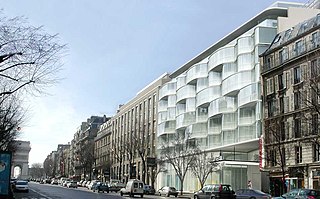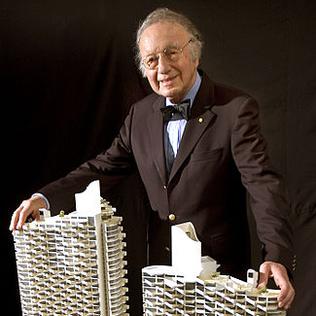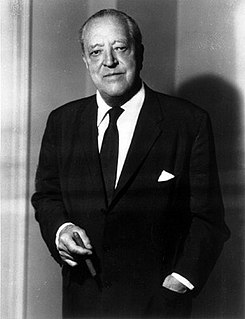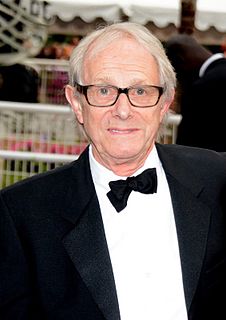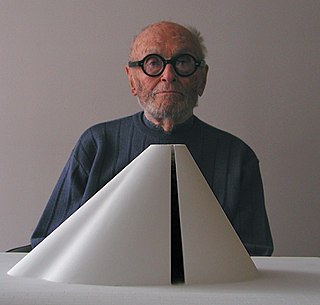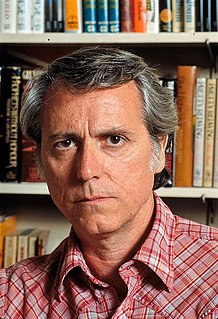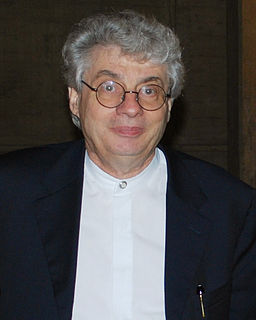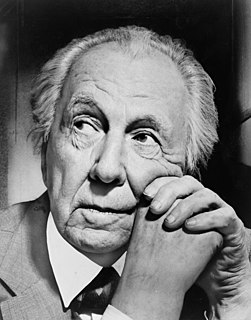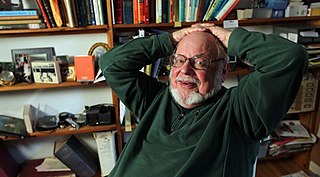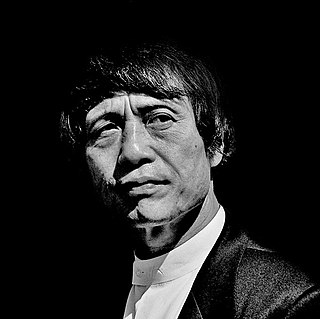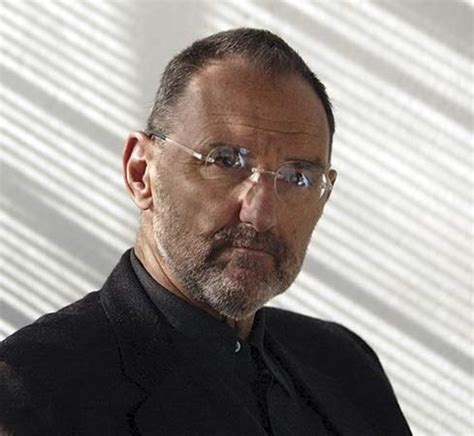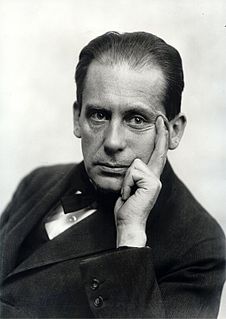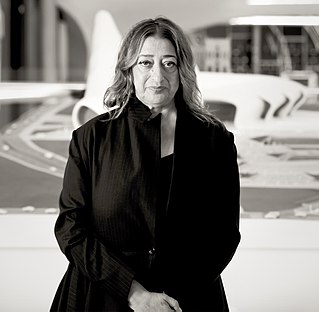A Quote by Christian de Portzamparc
In the '60s when I was a student, there was this campaign to destroy 75 percent of the old buildings in Paris, replacing them with modern architecture. I realized this as a dangerous utopia. This modern vision did not understand the richness of the city. Thankfully, such destruction did not happen.
Related Quotes
My high school had been a renovated old hospital, so when I first came to the UCLA campus in the spring of 1965, I was immediately impressed by the classic northern Italian architecture that was mixed with futuristic ultra-modern buildings. The classic architecture gave it the heft of old wisdom while the modernistic look inspired hope for the future.
The student is half afraid to meet one of the great philosophers face to face. He feels himself inadequate and thinks he will not understand him. But if he only knew, the great man, just because of his greatness, is much more intelligible than his modern commentator. The simplest student will be able to understand, if not all, yet a very great deal of what Plato said; but hardly anyone can understand some modern books on Platonism.
I graduated from Wesleyan University with a B.A. in art. I was really headed toward an architecture degree, but when I did the requirements for the major, I realized I was more interested in how people live in buildings than in making buildings. I was more interested in the interactions that happened inside the structures.
When I started studying architecture, people would say, you know, 'Can you tell me why are all modern buildings so boring?' Because, like, people had this idea that in the good old days, architecture had, like, ornament and little towers and spires and gargoyles, and today, it just becomes very practical.
I graduated from Wesleyan University with a b.a. in art. I was really headed toward an architecture degree, but when I did the requirements for the major, I realized I was more interested in how people live in buildings than in making buildings. I was more interested in the interactions that happened inside the structures. So I got an art degree as a default position.
What did it mean, the first time, a thinking creature looked deeply into another's eyes? Did it take a hundred thousand years before this happened or it was the first thing they did, transcendingly, the thing that made them higher, made them modern, the gaze that demonstrates we are lonely in our souls?
